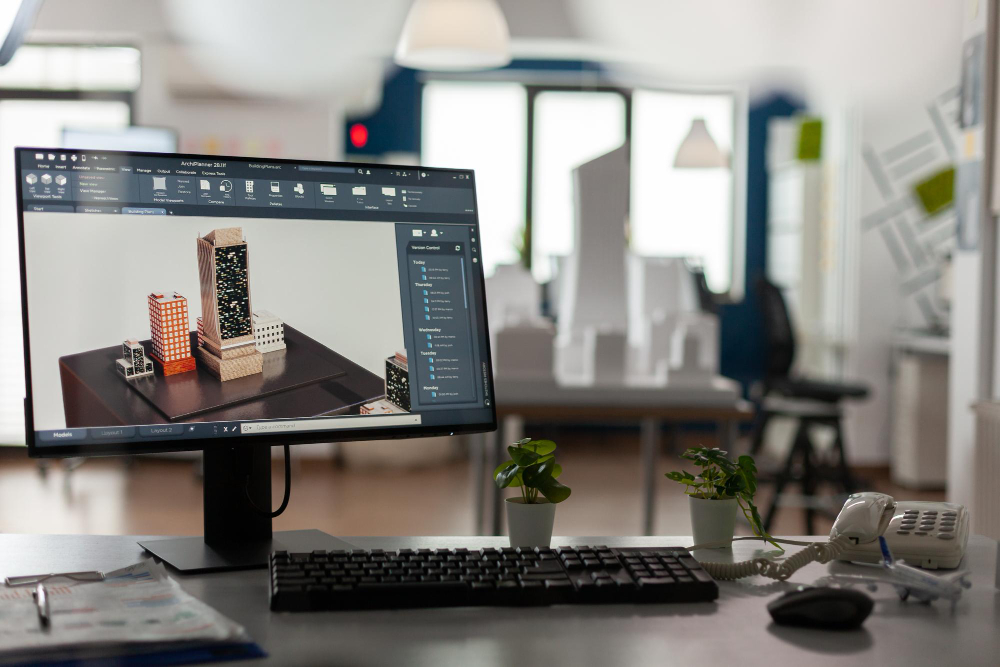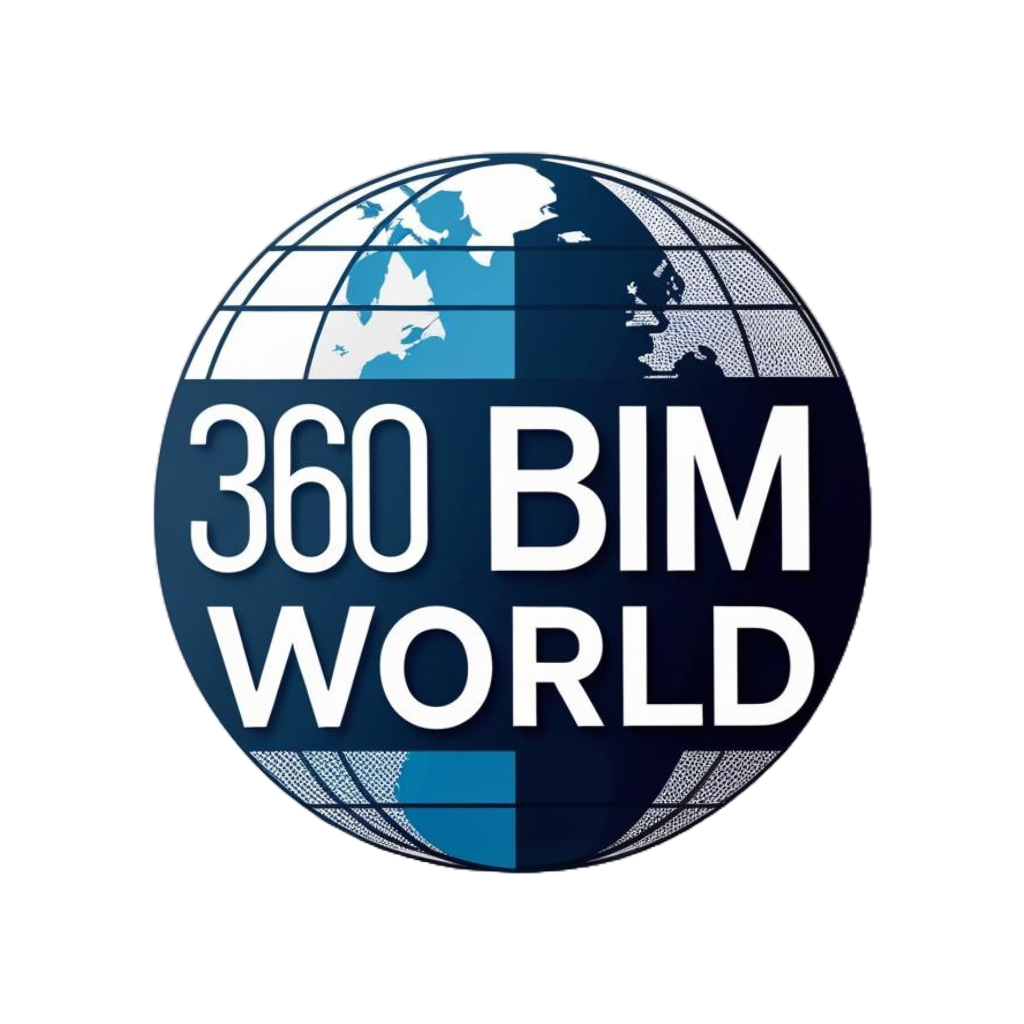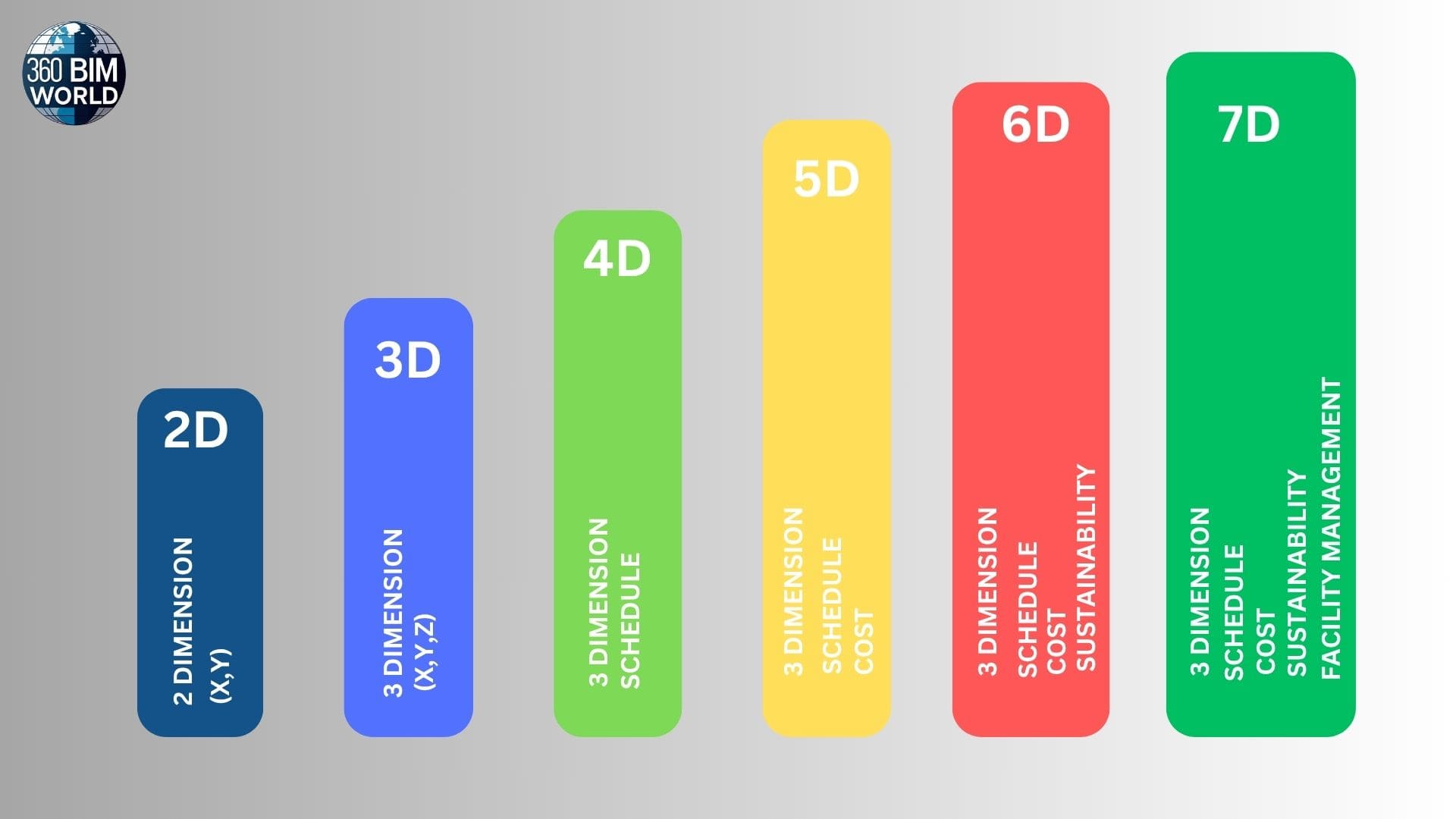If you’re in architecture, engineering, or construction, you’ve probably heard the buzz about Building Information Modeling (BIM). But BIM is much more than fancy 3D models—it’s a game-changer for how teams work together and how projects come to life. At its core, BIM is all about making collaboration easier, reducing mistakes, and delivering better results for everyone involved.
ut what really sets BIM apart? It’s the way it layers information—what the industry calls “BIM dimensions.” These dimensions go far beyond just visualizing a building in 3D. They bring in data about time, cost, sustainability, and even long-term maintenance, turning a digital model into a powerful tool for managing every stage of a project’s life
Let’s break down these key BIM dimensions, one by one:

3D BIM Dimensions: The Foundation
Think of 3D BIM as your project’s digital twin. It’s a detailed, three-dimensional model that lets you see every nook and cranny of your building before a single brick is laid. With 3D BIM, teams can:
- Visualize spaces intuitively, making it easier to spot design opportunities or issues.
- Catch clashes early, like a duct running through a beam, before they become costly problems on site.
- Collaborate better, since everyone can see and understand the design from the same perspective
4D BIM Dimensions: Adding the Element of Time
Now, imagine you could watch your building come together like a time-lapse video. That’s what 4D BIM does—it links your 3D model to the construction schedule. This means you can:
- Simulate the build process and spot bottlenecks before they happen.
- Optimize your timeline for smoother, more efficient construction.
- Reduce delays by proactively managing risks and dependencie
5D BIM Dimensions: Bringing Costs into the Picture
Budget overruns are a nightmare for any project. 5D BIM helps by tying cost data directly to your model. This lets you:
- See real-time cost estimates as you design and make changes.
- Track budget variances and understand the financial impact of every decision.
- Stay on top of spending, making informed choices to keep your project on budget
6D BIM Dimensions: Focusing on Sustainability and Operations
Sustainability isn’t just a buzzword—it’s a necessity. 6D BIM weaves in data about energy use, environmental impact, and facility management. With this dimension, you can:
- Analyze and reduce your carbon footprint from the get-go.
- Design for energy efficiency and long-term operational savings.
- Plan maintenance so your building runs smoothly for years to com
7D BIM Dimensions: Managing the Entire Lifecycle
Buildings aren’t finished when construction ends—they need to be operated, maintained, and eventually renovated or replaced. 7D BIM is all about lifecycle management. It helps you:
- Operate buildings efficiently with all the data you need at your fingertips.
- Schedule and track maintenance to extend asset life and reduce downtime.
- Minimize lifecycle costs by optimizing energy, maintenance, and replacements
Why Do BIM Dimensions Matter?
Understanding these dimensions isn’t just for techies or BIM managers. Whether you’re an architect, engineer, contractor, or facility manager, knowing how to leverage BIM dimensions can help you collaborate more effectively, avoid costly mistakes, and deliver projects that stand the test of time
- Organize and enrich project information for better clarity and execution.
- Enable smarter, faster, and more informed decisions.
- Reduce risks, errors, and costs.
- Support sustainability and efficient building management.
- Foster collaboration across all project participants.


Leave a Reply